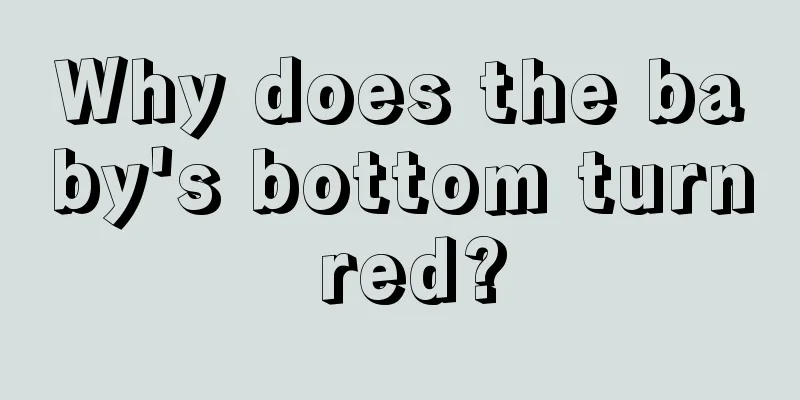Will baby strawberry hemangiomas disappear?

|
Hemangioma is a common disease in infants. Many parents are concerned about how to treat it, and they don’t know whether hemangioma can be cured? Many parents are confused about whether infantile hemangiomas exist? Hemangioma is composed of a large number of proliferating cells. It is a very common disease in infants and young children. Many infants and young children can easily detect the presence of this disease shortly after birth, so treatment cannot be blind. Can infantile hemangioma heal without treatment? Most infantile hemangiomas heal on their own. During the proliferative period, hemangiomas continue to proliferate and expand after birth, rapidly invading the surrounding skin and deep tissues. The proliferative period of hemangiomas generally lasts 6 to 10 months. During the stable period, the growth rate of the hemangioma gradually slows down. As the child grows, the hemangioma grows slowly, but the growth rate is still faster than that of children. The hemangioma proliferates and degenerates alternately, usually for 3 to 6 months. Involution stage: Generally, the growth rate of hemangiomas slows down after the age of 1, some capillary hemangiomas begin to degenerate, and the fibrous fatty tissue inside the hemangiomas increases. In a few children, the hemangiomas can completely degenerate at the age of 5. During the degeneration process, the color of capillary hemangioma changes from purple or dark red to light purple, and then gradually becomes lighter and degenerates into gray. The appearance changes from full and raised to flat to wrinkled, and the skin tissue becomes fibrotic. After the hemangioma disappears, the skin at the affected area may have capillary dilation and pigmentation, but generally no scars are left. Cavernous hemangioma degenerates very slowly, and only a very small number of children can experience spontaneous regression, while the vast majority of cavernous hemangiomas will not regress spontaneously. Most mixed hemangiomas, racemose hemangiomas, orange-red spots, port-wine stains, and other hemangiomas will not regress naturally. Only some strawberry hemangiomas and capillary hemangiomas can regress naturally within 5 years of age. It is rare for those over 5 years old to regress completely. The above is what we have explained to you. Most infantile hemangiomas can be cured, but you need to take measures based on the actual situation of the child. Some infantile hemangiomas can also develop, and sometimes they may become malignant or even threaten the child’s life. |
<<: What should I do if my child has thrombocytopenia?
>>: What should I do if my baby has gastrointestinal dysfunction?
Recommend
What is the best height for a newborn baby pillow?
First-time parents always hope to give their chil...
Teething
The baby's teething period is a very importan...
When do children lose their teeth?
Under normal circumstances, babies start to chang...
What to do if a child has a rash after a fever
Children between the ages of one and three may ha...
What should I do if my baby has red stools?
This situation in which babies have red stools du...
What's wrong with the baby's red spots?
Babies are the ones we need to focus on taking ca...
What is the reason for diarrhea with blood in children?
Children have a high chance of suffering from dia...
Butyric Acid Cream for Babies
Eczema is a skin disease that infants and young c...
What are the benefits of martial arts for children?
Children are in the period of growth and developm...
What to do if your child's vision is declining rapidly
The eyes are the windows to the soul. You can oft...
How to supplement iron for children
As children grow up, they cannot do without iron,...
What should I do if my child has a fever and is frightened?
We all know that since children have poor physica...
Five-month-old baby sweats on the back of his head
Sweating is a normal physiological phenomenon. Ap...
Reasons for cold sweats in children
What mothers care about most is the physical deve...
What foods are good for children's spleen and stomach
During the child's growth and development stag...









